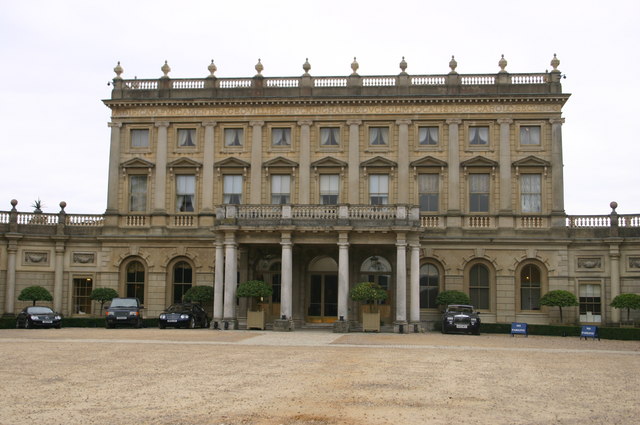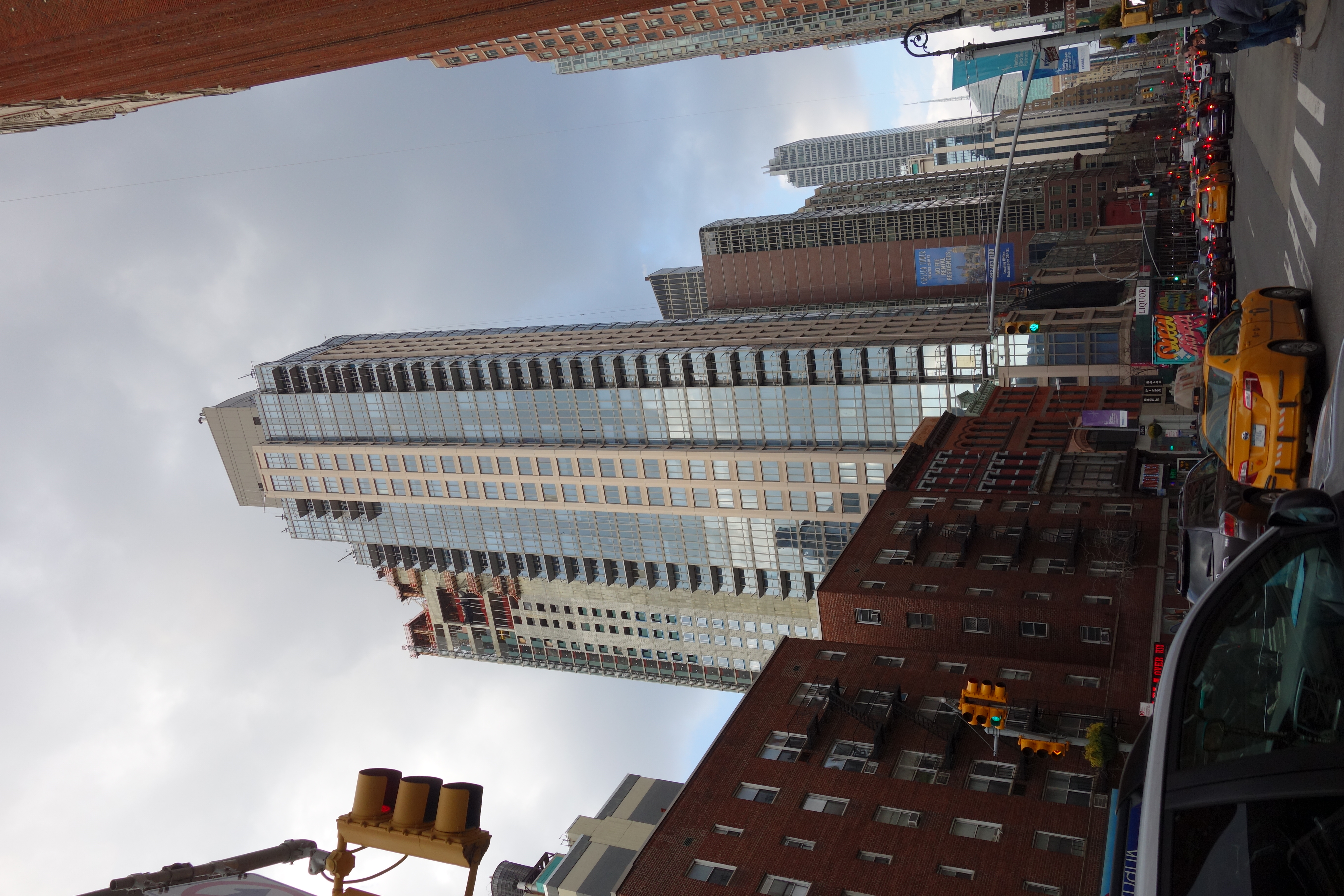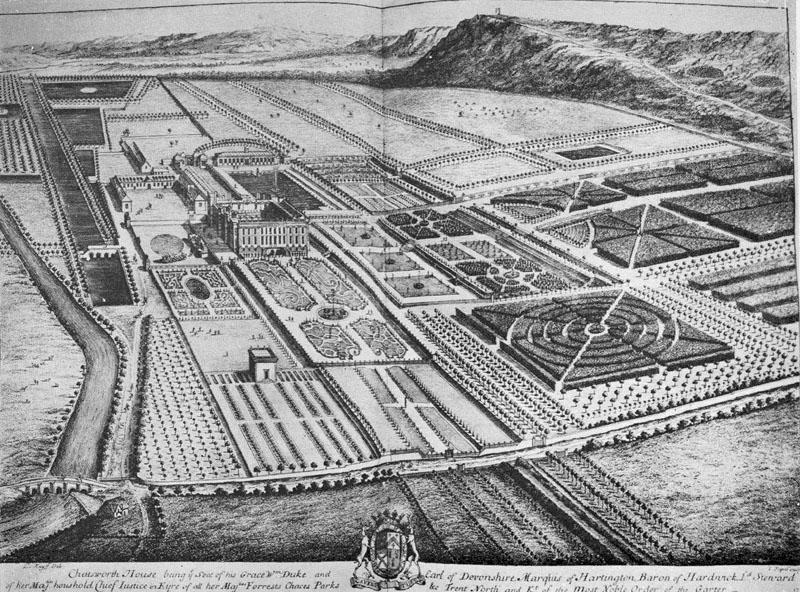|
Mansion
A mansion is a large dwelling house. The word itself derives through Old French from the Latin word ''mansio'' "dwelling", an abstract noun derived from the verb ''manere'' "to dwell". The English word ''manse'' originally defined a property large enough for the parish priest to maintain himself, but a mansion is usually no longer self-sustaining in this way (compare a Roman or medieval villa). ''Manor house, Manor'' comes from the same root—territorial holdings granted to a lord who would "remain" there. Following the fall of Rome, the practice of building unfortified villas ceased. Today, the oldest inhabited mansions around the world usually began their existence as fortified houses in the Middle Ages. As social conditions slowly changed and stabilized fortifications were able to be reduced, and over the centuries gave way to comfort. It became fashionable and possible for homes to be beautiful rather than grim and forbidding allowing for the development of the modern mansi ... [...More Info...] [...Related Items...] OR: [Wikipedia] [Google] [Baidu] |
The Breakers
The Breakers is a Gilded Age mansion located at 44 Ochre Point Avenue, Newport, Rhode Island, US. It was built between 1893 and 1895 as a summer residence for Cornelius Vanderbilt II, a member of the wealthy Vanderbilt family. The 70-room mansion, with a gross area of and of living area on five floors, was designed by Richard Morris Hunt in the Renaissance Revival architecture, Renaissance Revival style; the interior decor was by Jules Allard and Sons and Ogden Codman Jr. The Ochre Point Avenue entrance is marked by baroque forged wrought iron gates, and the walkway gates are part of a limestone-and-iron fence that borders the property on all but the ocean side. The footprint of the house covers approximately or 43,000 square feet of the estate on the Newport Cliff Walk, cliffs overlooking Easton Bay of the Atlantic Ocean. The house was added to the National Register of Historic Places in 1971, and was designated a National Historic Landmark in 1994. It is also a contrib ... [...More Info...] [...Related Items...] OR: [Wikipedia] [Google] [Baidu] |
Cliveden
Cliveden (pronounced ) is an English country house and estate in the care of the National Trust in Buckinghamshire, on the border with Berkshire. The Italianate mansion, also known as Cliveden House, crowns an outlying ridge of the Chiltern Hills close to the South Bucks villages of Taplow and Burnham. The main house sits above the banks of the River Thames, and its grounds slope down to the river. There have been three houses on this site. The first was built in 1666 and burned down in 1795, while the second house was constructed around 1824 and was also destroyed by fire, in 1849. The present Grade I listed house was built in 1851 by the architect Charles Barry for the 2nd Duke of Sutherland. Cliveden has been the home to a Prince of Wales, two dukes, an earl, and finally the Viscounts Astor. As the home of Nancy Astor, wife of the 2nd Viscount Astor, Cliveden was the meeting place during the 1920s and 1930s of the Cliveden Set, a group of political intellectuals. Lat ... [...More Info...] [...Related Items...] OR: [Wikipedia] [Google] [Baidu] |
Apartments
An apartment (American English, Canadian English), flat (British English, Indian English, South African English), tenement (Scots English), or unit (Australian English) is a self-contained housing unit (a type of residential real estate) that occupies part of a building, generally on a single story. There are many names for these overall buildings (see below). The housing tenure of apartments also varies considerably, from large-scale public housing, to owner occupancy within what is legally a Condominium (living space), condominium (strata title or commonhold) or leasehold, to tenants renting from a private landlord. Terminology The term ''apartment'' is favoured in North America (although in some Canadian cities, ''flat'' is used for a unit which is part of a house containing two or three units, typically one to a floor). In the UK and Australia, the term ''apartment'' is more usual in professional real estate and architectural circles where otherwise the term ''flat'' is u ... [...More Info...] [...Related Items...] OR: [Wikipedia] [Google] [Baidu] |
Country House
image:Blenheim - Blenheim Palace - 20210417125239.jpg, 300px, Blenheim Palace - Oxfordshire An English country house is a large house or mansion in the English countryside. Such houses were often owned by individuals who also owned a Townhouse (Great Britain), town house. This allowed them to spend time in the country and in the city—hence, for these people, the term distinguished between town and country. However, the term also encompasses houses that were, and often still are, the full-time residence for the landed gentry who dominated rural Britain until the Reform Act 1832. Frequently, the formal business of the Historic counties of England, counties was transacted in these country houses, having functional antecedents in manor houses. With large numbers of indoor and outdoor staff, country houses were important as places of employment for many rural communities. In turn, until the Great Depression of British Agriculture, agricultural depressions of the 1870s, the est ... [...More Info...] [...Related Items...] OR: [Wikipedia] [Google] [Baidu] |
Villa
A villa is a type of house that was originally an ancient Roman upper class country house that provided an escape from urban life. Since its origins in the Roman villa, the idea and function of a villa have evolved considerably. After the fall of the Roman Republic, villas became small farming compounds, which were increasingly fortified in Late Antiquity, sometimes transferred to the Church for reuse as a monastery. They gradually re-evolved through the Middle Ages into elegant upper-class country homes. In the early modern period, any comfortable detached house with a garden near a city or town was likely to be described as a villa; most surviving villas have now been engulfed by suburbia. In modern parlance, "villa" can refer to various types and sizes of residences, ranging from the suburban semi-detached double villa to, in some countries, especially around the Mediterranean, residences of above average size in the countryside. Roman Roman villas included: * the ' ... [...More Info...] [...Related Items...] OR: [Wikipedia] [Google] [Baidu] |
Manor House
A manor house was historically the main residence of the lord of the manor. The house formed the administrative centre of a manor in the European feudal system; within its great hall were usually held the lord's manorial courts, communal meals with manorial tenants and great banquets. The term is today loosely (though erroneously) applied to various English country houses, mostly at the smaller end of the spectrum, sometimes dating from the Late Middle Ages, which currently or formerly house the landed gentry. Manor houses were sometimes fortified, albeit not as fortified as castles, but this was often more for show than for defence. They existed in most European countries where feudalism was present. Function The lord of the manor may have held several properties within a county or, for example in the case of a feudal baron, spread across a kingdom, which he occupied only on occasional visits. Even so, the business of the manor was directed and controlled by regular mano ... [...More Info...] [...Related Items...] OR: [Wikipedia] [Google] [Baidu] |
Great House
A great house is a large house or mansion with luxurious appointments and great retinues of indoor and outdoor staff. The term is used mainly historically, especially of properties at the turn of the 20th century, i.e., the late Victorian or Edwardian era in the United Kingdom and the Gilded Age in the United States. Definition There is no precise definition of "great house", and the understanding varies among countries. In England, while most villages would have had a manor house since time immemorial, originally home of the lord of the manor and sometimes referred to as "the big house", not all would have anything as lavish as a traditional English country house, one of the traditional markers of an established "county" family that derived at least a part of its income from landed property. Stately homes, even rarer and more expensive, were associated with the peerage, not the gentry. Many mansions were demolished in the 20th century, since families that had previousl ... [...More Info...] [...Related Items...] OR: [Wikipedia] [Google] [Baidu] |
Estate (house)
An estate is a large parcel of land under single ownership, which generates income for its owner. British context In the United Kingdom, historically an estate comprises the houses, outbuildings, supporting farmland, tenanted buildings, and natural resources (such as woodland) that surround the gardens and grounds of a very large property, such as a country house, mansion, palace or castle. It is the modern term for a manor, but lacks a manor's now-abolished jurisdiction. Country house estate The "estate" formed an economic system where the profits from its produce and rents (of housing or agricultural land) sustained the main household, formerly known as the manor house. Thus, "the estate" may refer to all other cottages and villages in the same ownership as the mansion itself, covering more than one former manor. Examples of such great estates are Woburn Abbey in Bedfordshire, England, and Blenheim Palace, in Oxfordshire, England, built to replace the former manor hou ... [...More Info...] [...Related Items...] OR: [Wikipedia] [Google] [Baidu] |
Chatsworth House
Chatsworth House is a stately home in the Derbyshire Dales, north-east of Bakewell and west of Chesterfield, Derbyshire, Chesterfield, England. The seat of the Duke of Devonshire, it has belonged to the House of Cavendish, Cavendish family since 1549. It stands on the east bank of the River Derwent, Derbyshire, River Derwent, across from hills between the Derwent and River Wye, Derbyshire, Wye valleys, amid parkland backed by wooded hills that rise to Moorland, heather moorland. The house holds major collections of paintings, furniture, Old Master drawings, neoclassical sculptures and books. Chosen several times as Britain's favourite country house, it is a Grade I listed property from the 17th century, altered in the 18th and 19th centuries. In 2011–2012 it underwent a £14-million restoration. The owner is the Chatsworth House Trust, an independent charitable foundation formed in 1981, on behalf of the Cavendish family. History 11th–16th centuries The name 'Chatsworth ... [...More Info...] [...Related Items...] OR: [Wikipedia] [Google] [Baidu] |
Condominium (living Space)
A condominium (or condo for short) is an ownership regime in which a building (or group of buildings) is divided into multiple units that are either each separately owned, or owned in common with exclusive rights of occupation by individual owners. These individual units are surrounded by common areas that are jointly owned and managed by the owners of the units. The term can be applied to the building or complex itself, and is sometimes applied to individual units. The term "condominium" is mostly used in the US and Canada, but similar arrangements are used in #By country, many other countries under different names. Residential condominiums are frequently constructed as apartment buildings, referred as well as Horizontal Property. There are also rowhouse style condominiums, in which the units open directly to the outside and are not stacked. Alternatively, detached condominiums look like single-family detached home, single-family homes, but the yards (gardens), building exterio ... [...More Info...] [...Related Items...] OR: [Wikipedia] [Google] [Baidu] |
Hôtel Particulier
() is the French term for a grand urban mansion, comparable to a Townhouse (Great Britain), British townhouse. Whereas an ordinary (house) was built as part of a row, sharing party walls with the houses on either side and directly fronting on a street, an was often free-standing and, by the 18th century, would always be located – between the (an entrance court) and the garden behind. There are in many large cities in France. Etymology and meaning The word represents the Old French "" from the Latin "pertaining to guests", from , a stranger, thus a guest.Cassell's Latin Dictionary The adjective means "personal" or "private". The English word ''hotel'' developed a more specific meaning as a commercial building accommodating travellers; modern French also uses in this sense. For example, the Hôtel de Crillon on the Place de la Concorde was built as an and is today a public hotel. In French language, French, an or is a town hall and not a hotel, same for the police ... [...More Info...] [...Related Items...] OR: [Wikipedia] [Google] [Baidu] |
Fortified House
A fortified house or fortified mansion is a type of building which developed in Europe during the Middle Ages, generally with significant fortifications added. During the earlier Roman Empire, Roman period it was common for wealthy landowners to construct unfortified villa, villas on their lands. After the fall of Rome, increased social instability and military conflict necessitated more austere, defensible types of structures. United States In the United States, historically a fortified house was often called a Fortification, fort or Station (frontier defensive structure), station depending on the region. This was a building built for defense against primarily Indigenous peoples of the Americas, Indian attacks in frontier areas. While some fortified houses were sometimes used by militias, state and federal military units, their primary purpose was for private or civilian defense. Sometimes a stockade would surround the building(s). Examples of historic private or civilian f ... [...More Info...] [...Related Items...] OR: [Wikipedia] [Google] [Baidu] |









